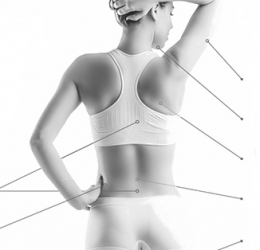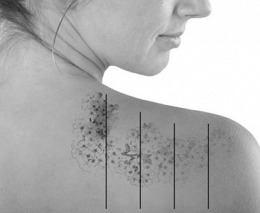Endovenous laser treatment treats varicose veins
using an optical fiber that is inserted into the vein to be treated, and laser light, normally in the infrared portion of the spectrum, shines into the interior of the vein. This causes the vein to contract, and the optical fiber is slowly withdrawn. Some minor complications can occur, including
- thrombophlebitis
- pain, hematoma
- edema and infection, which can lead to cellulitis.

Endovenous laser treatment treats varicose veins using an optical fiber that is inserted into the vein to be treated, and laser light, normally in the infrared portion of the spectrum, shines into the interior of the vein. This causes the vein to contract, and the optical fiber is slowly withdrawn. Some minor complications can occur, including thrombophlebitis, pain, hematoma, edema and infection, which can lead to cellulitis.
During the procedure, a catheter bearing a laser fiber is inserted under ultrasound guidance into the great saphenous vein or small saphenous vein through a small puncture. The catheter is then advanced, also under ultrasound guidance, to the level of the groin or knee crease. Dilute local anesthesia is injected around and along the vein (perivascular infiltration) using ultrasound imaging to place the local anesthetic solution around the vein, mostly in a sub-facial location. This technique derives from the tumescent local anesthesia method long used and proven safe and effective for some methods of liposuction. The laser is activated whilst the catheter or laser fiber is slowly withdrawn, resulting in obliteration of the saphenous vein along its entire length. The treatment, which is performed without sedation, usually takes between 1 and two hours, and the patient walks out under his or her own power. The leg is bandaged and/or placed in a stocking that the patient wears for up to three weeks afterwards.
Foam sclerotherapy or ambulatory phlebectomy is often performed at the time of the procedure or within the first 1–2 weeks to treat branch varicose veins. However, some physicians do not perform these procedures at the time of the ELT because the varicose veins can improve on their own as a result of reduced reflux from the great saphenous vein.


















